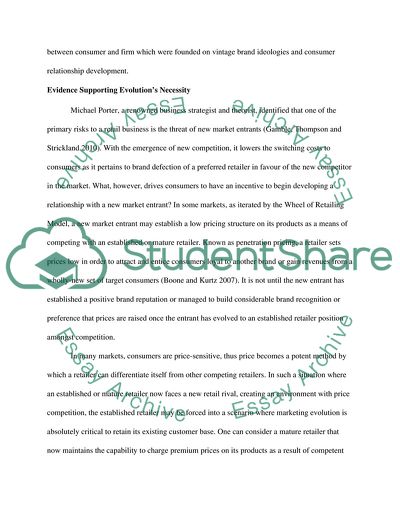Cite this document
(Understanding the Retail Industrys Ecology Essay - 1, n.d.)
Understanding the Retail Industrys Ecology Essay - 1. https://studentshare.org/marketing/1859099-evolution
Understanding the Retail Industrys Ecology Essay - 1. https://studentshare.org/marketing/1859099-evolution
(Understanding the Retail Industrys Ecology Essay - 1)
Understanding the Retail Industrys Ecology Essay - 1. https://studentshare.org/marketing/1859099-evolution.
Understanding the Retail Industrys Ecology Essay - 1. https://studentshare.org/marketing/1859099-evolution.
“Understanding the Retail Industrys Ecology Essay - 1”. https://studentshare.org/marketing/1859099-evolution.


